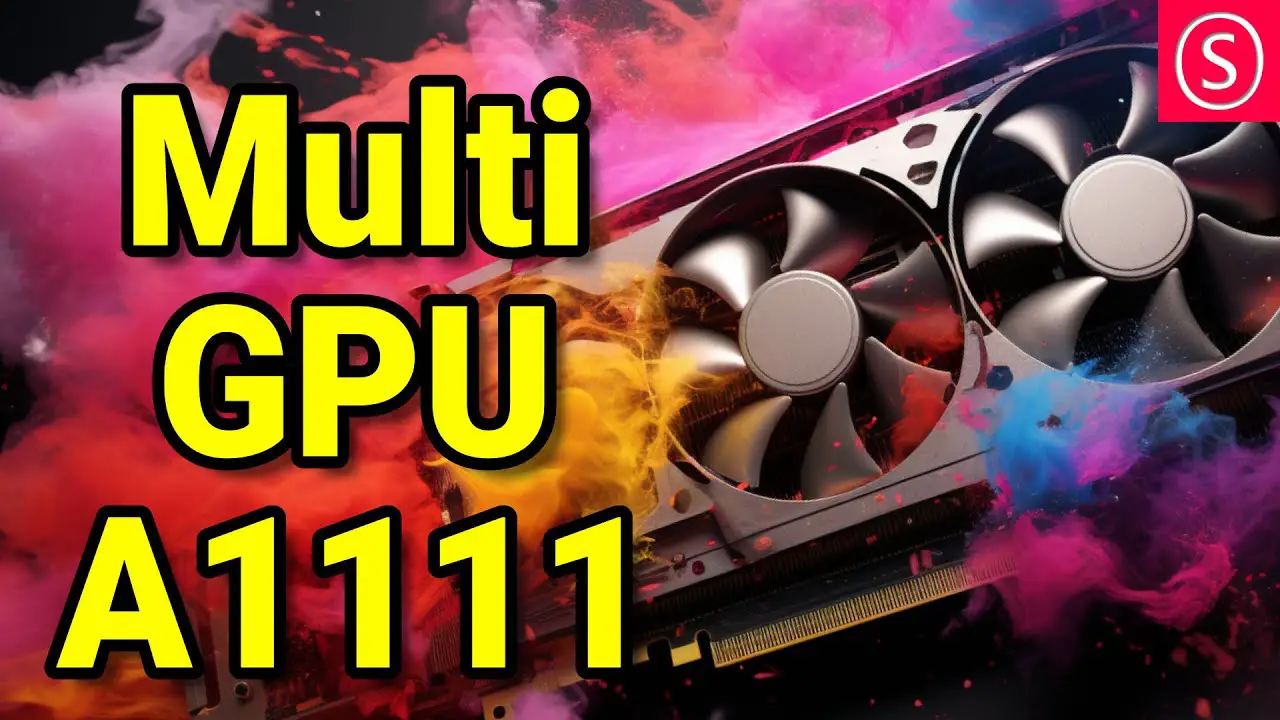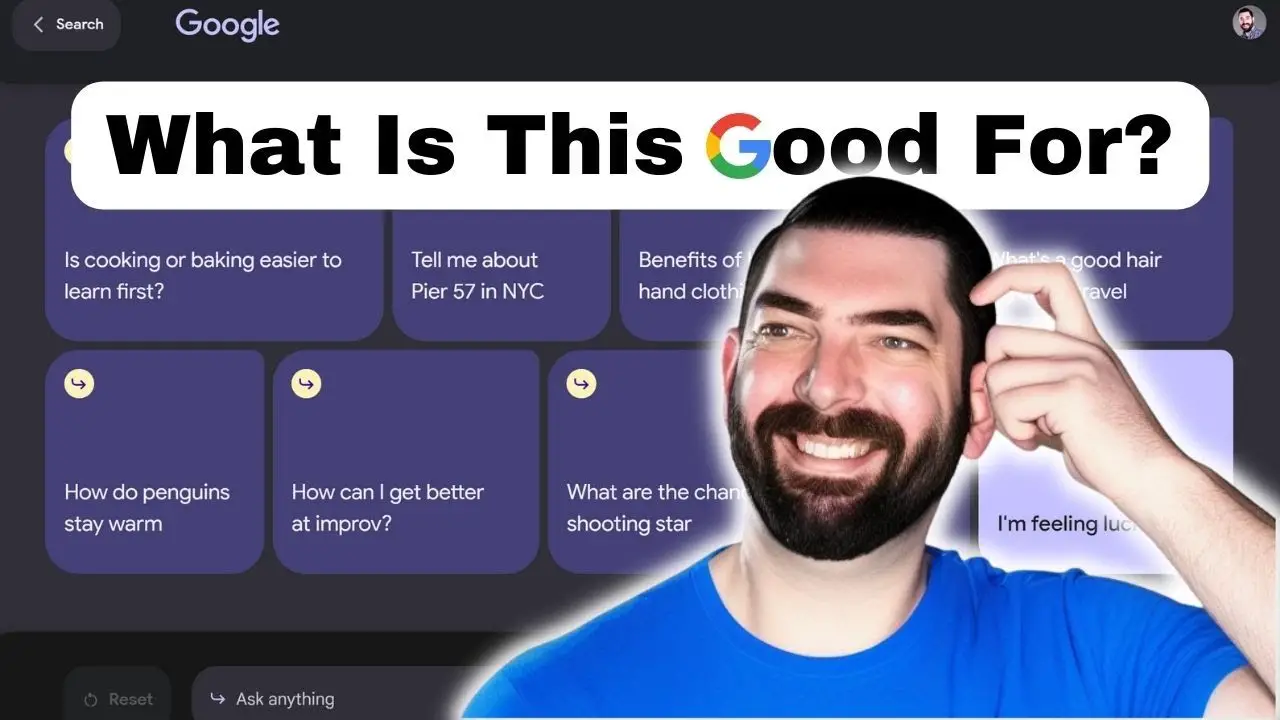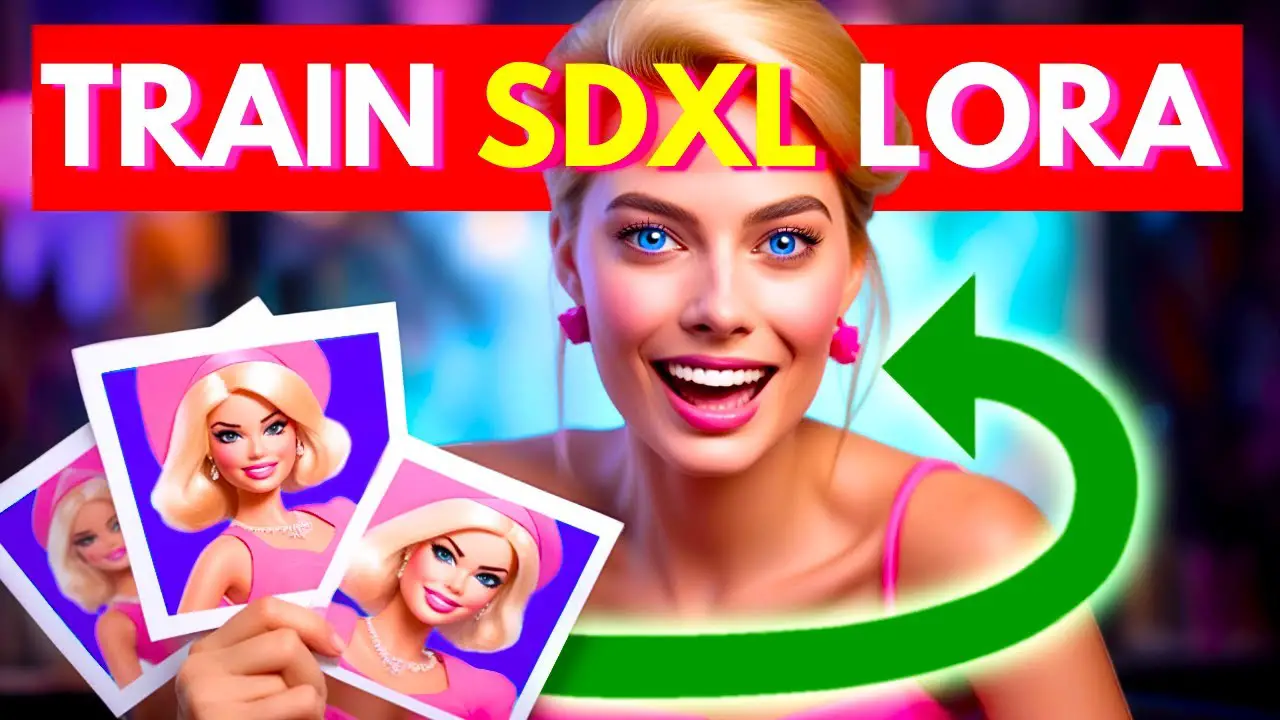Transform Ideas into 3D Models Using AI
July 21st, 2023

Transform Ideas into 3D Models Using AI
In the ever-evolving landscape of technology, 2D to 3D generators powered by artificial intelligence (AI) have emerged as game-changers. These powerful tools have the remarkable ability to transform 2D images into intricate 3D models, paving the way for a new era of creativity, design, and innovation. In this blog post, we'll delve into the fascinating world of 2D to 3D conversion with AI, exploring the tools available and the steps to effortlessly turn your ideas into stunning 3D realities.
The Rise of 2D to 3D Generators
2D to 3D generators represent a significant leap forward in the field of computer graphics and design. They leverage the capabilities of deep learning and neural networks to take 2D input and convert it into detailed 3D models. This transformation not only simplifies the creation of 3D content but also opens up a world of possibilities for artists, designers, engineers, and creators across various industries.
Applications and Future Possibilities
The applications of 2D to 3D generators are vast and continue to expand:
1. Design and Visualization:
Architects and interior designers can easily convert 2D floor plans into 3D renderings.
Artists can turn their 2D drawings and illustrations into 3D sculptures or characters.
2. Engineering and Prototyping:
Engineers can swiftly create 3D prototypes from 2D CAD drawings.
Product designers can transform 2D sketches into 3D prototypes for testing and manufacturing.
3. Entertainment and Gaming:
Game developers can generate 3D game assets from 2D concept art.
Filmmakers can use 2D storyboards to produce 3D animations and visual effects.
4. Education and Training:
Educators can convert 2D diagrams into 3D models for interactive learning experiences.
Medical professionals can create 3D anatomical models from 2D medical images.
As we look ahead to the future of 2D to 3D generators, we can anticipate increased automation, enhanced realism, and broader accessibility. These tools will empower individuals and industries to bridge the gap between imagination and realization, ultimately fueling innovation and creative expression in ways previously unimaginable.
2D to 3D generators are transformative tools that are revolutionizing the way we bring ideas to life in three dimensions. Whether you're an artist, designer, engineer, or simply someone with a creative vision, these AI-driven tools offer a seamless path to turn your 2D concepts into stunning 3D realities, unlocking a world of possibilities for innovation and design in 2023 and beyond.
The Tools: How 2D to 3D Conversion Works
The magic behind 2D to 3D conversion lies in the AI algorithms and neural networks that these tools are built upon. Here's a simplified breakdown of how these tools operate:
1. Data Collection and Training:
- The AI model is trained on vast datasets containing pairs of 2D and 3D images. These datasets enable the model to learn the relationship between 2D visuals and their corresponding 3D structures.
2. Neural Network Architecture:
- The core of a 2D to 3D generator is a deep neural network, often built using convolutional neural networks (CNNs) and recurrent neural networks (RNNs). These networks are designed to extract features from 2D images and generate corresponding 3D representations.
3. Inference and Prediction:
- When you provide a 2D image as input, the trained model goes through an inference process. It predicts the 3D structure that corresponds to the 2D input.
4. Post-Processing:
- The generated 3D model may go through post-processing steps to refine details, improve textures, and optimize geometry.
5. Output:
The final output is a full-fledged 3D model that can be viewed, edited, and integrated into various applications or 3D printing processes.
Here are a few notable tools that were known for 2D to 3D conversion:
Blender:
- Blender is a powerful open-source 3D modeling and animation software that includes a feature for converting 2D images into 3D objects. It offers several tools and add-ons to assist in this process.
Adobe Dimension:
- Adobe Dimension is part of the Adobe Creative Cloud suite and is known for its 2D to 3D capabilities. It's often used for creating 3D scenes and mockups from 2D images or graphics.
Vectary:
- Vectary is an online 3D modeling tool that offers a user-friendly interface for converting 2D images into 3D designs. It's accessible via a web browser, making it easy for users to get started.
Tinkercad:
- Tinkercad is a beginner-friendly online 3D design tool that allows users to import 2D SVG images and extrude them into 3D shapes.
Deep Dream Generator:
- While not specifically for 2D to 3D conversion, Deep Dream Generator uses neural networks to transform images into dream-like, abstract art. It can create surreal 2D images with a sense of depth.
Artbreeder:
- Artbreeder is a platform that uses AI and Generative Adversarial Networks (GANs) to blend and generate images. While primarily focused on 2D images, it can produce visually interesting and creative results that have some depth and 3D-like qualities.
Runway ML:
- Runway ML is a creative toolkit that includes various AI models, some of which can be used for converting 2D images into 3D representations. It's a versatile tool for artists and designers.
Cinema 4D:
- Cinema 4D is a professional 3D modeling and animation software that offers various tools for creating 3D models from 2D images or sketches. It's widely used in the film and animation industries.
Please note that the effectiveness and features of these tools may vary, and it's essential to explore and evaluate them based on your specific needs and the quality of results you desire. Additionally, new tools may have emerged since my last update, so I recommend checking for the latest options and user reviews to find the most suitable tool for your 2D to 3D conversion projects in 2023.
Other articles
September 20th, 2023
Leveraging GPT-4 for Website Generation
while discussing its benefits, limitations, and potential. read more...
October 20th, 2023
Understanding AutoGpt and How to Create One: AutoGPT, gptAgent, Private GPT
scover the benefits and challenges associated with AutoGpt. read more...




